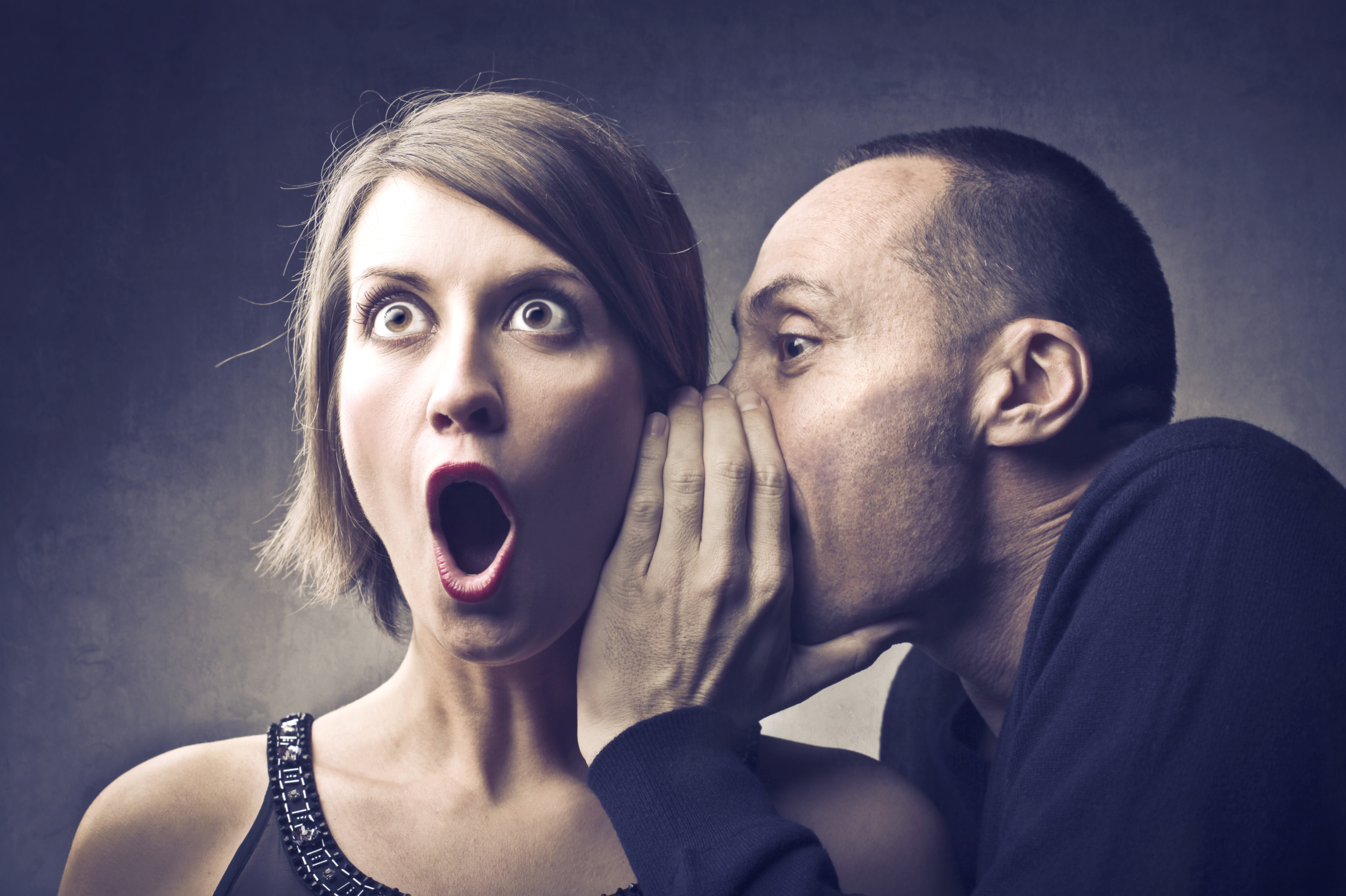Botox Injections
-
Content written by Karen Vieira, PhD MSM | Reviewed by EnhanceMyself Medical Team | Last updated 6/22/2023
- Overview
Overview
What is Botox?
Botox® is the brand name for the industry-leading botulinum toxin A preparation. This prescription medication has a number of cosmetic and medical uses:
- Botox Cosmetic® is the preparation that is used for cosmetic medicine
- Botox® is used for treating neuromuscular disorders (such as muscle spasticity, tension headaches, or excessive sweating).
In this article we will primarily be discussing Botox Cosmetic®. For convenience, we will refer to it simply as “Botox.” Botox is an injectable cosmetic product used to reduce the appearance of certain types of facial wrinkles by relaxing the muscles that cause them. Its safety profile, effectiveness, and ease of use have made Botox injections the most popular cosmetic procedure today.
Topics covered on this page
- Cost of Botox injections
- Factors affecting the cost
- Insurance coverage
- Are you a candidate?
- Botox uses
- How it works
- Treatment overview
- Recovery time
- When to expect results
- How long does it last?
- Safety information
- Choosing a provider
Cost of Botox injections
The average cost of botulinum toxin injections is $466, according to the American Society of Plastic Surgeons (ASPS).
Botox injections are typically priced at a flat rate or per unit cost. Per unit prices typically range from $10 to $15. A “unit” of Botox, or any injectable for that matter, is a very small measurement of the drug. The exact number of units you’ll need to reach your goals is something that will be discussed during your consultation. The following is the average number of units you might expect with your treatment:
- Chin: 2 to 6 units
- Corners of the mouth: 3 to 6 units
- Crow’s feet: 5 to 15 units
- Eyebrow lift: 2 to 5 units
- Forehead lines: 10 to 30 units
- Frown lines: 10 to 25 units
- Glabellar lines (between the eyes): 10 to 25 units
- Jaw area: 15 to 50 units per side
- Lines around the nose: 5 to 10 units
- Neck bands: 25 to 50 units
Factors affecting the cost of treatment
The cost of Botox treatments isn’t set in stone; it can vary for several reasons. Here are some factors that come into play when determining the cost:
- Location Matters: Where you’re located matters. Different regions, cities, and even specific clinics or providers may have different price tags. Generally, bigger cities and more affluent areas tend to have higher prices. If you want to get a rough idea of the prices for medical procedures in your local area, you can use the Healthcare Blue Book, which functions similarly to Kelley Blue Book for estimating car prices.
- Your Provider: The experience and reputation of the healthcare provider will impact the cost. Highly skilled providers might charge more for their services.
- Type of Clinic: The kind of clinic where you get your treatment can affect the cost. Upscale clinics often have higher fees.
- Number of Units: Botox is usually priced per unit, and the amount of units needed depends on the area treated and the desired results. Areas with deeper wrinkles may require more units.
- Brand of Botox: While Botox is the well-known brand, there are other neurotoxin alternatives like Xeomin and Dysport. Different brands may come with varying prices.
- Additional Treatments: Botox can be combined with other cosmetic procedures like dermal fillers or laser treatments which could increase your overall cost.
It’s important to consult with a qualified healthcare provider who can provide a detailed breakdown of the expenses involved, tailored to your individual needs.
Does insurance cover the cost?
Generally speaking, cosmetic procedures to address wrinkles and the signs of aging are not covered. However, medical uses for Botox, like excessive sweating or muscle spasms, might be.
Most insurance companies will only approve Botox treatment once all other options have been tried and failed. Even then, it’s important to keep in mind that approval isn’t automatic, and not all plans will cover injectables. However, many people are happy to find that their insurance plan covers all or most of their Botox treatments for therapeutic purposes.
For specific details about your coverage, it’s best to contact both your insurance company, as well as your injector, to consider your options.
Are you a candidate?

- Are in good general health.
- Have realistic expectations of what Botox can achieve.
- Would like to smooth out their wrinkles.
- Have not experienced an allergic reaction to another botulinum toxin based injectable.
- Have drooping corners of their mouth that they wish to see corrected.
- Would like to soften their jaw.
Botox uses
Botox has a wide range of cosmetic uses. Here are some popular applications of Botox:
- Hyperkinetic facial lines: The primary use for cosmetic BTX-A in facial surgery is to treat frown or “glabellar” lines, crow’s feet, and platysma banding, commonly called “turkey neck.”
- Eyebrow lifting: A small injection of botulinum toxin into the brow muscle can result in improved brow height thanks to the toxin’s paralyzing effect. This is often performed as an alternative to a surgical brow lift.
- Hyperactivity in the frontalis muscles, which control the eyebrows and forehead
- Dimpling of the chin because of overactive muscles.
- Raising drooping corners of the mouth.
- Fine lines around the lips.
- Fine wrinkles under eyes
- Jawline softening by targeting the masseter muscle.
How does it work?
Botox is an injectable preparation based on a compound that is naturally made by the bacteria Clostridium botulinum. This compound, known as onabotulinumtoxinA (or simply botulinum toxin A), is a potent neurotoxin that relaxes muscles by blocking the nerves that cause them to tense up.
Some types of facial wrinkles are caused by the muscles under the skin. Facial expressions and other movements of the muscles under the skin of the face cause the skin to bend and fold, but the skin’s elasticity allows it to spring back to its proper form once the muscles relax. However, as we age, our skin becomes thinner and loses its elasticity, and the skin doesn’t spring back to its original supple form when the facial muscles relax.
The result is one of the most dreaded consequences of aging – facial lines and wrinkles (known in medical terms as “rhytides”). Botox works by relaxing the muscles under the skin so that the skin wrinkles caused by muscle tension are reduced and the skin becomes smoother and more youthful-looking.
Treatment overview
Botox injection treatments are typically performed in a doctor’s office, although treatments may be offered at spas, salons, and even in-home in the form of “Botox parties.” However, it is strongly recommended that Botox treatment be performed in a doctor’s office by a professional specifically trained in its application.
Botox treatments do not usually require any type of anesthesia, although some doctors may offer topical or local anesthesia upon request. Sometimes your healthcare professional will apply ice prior to the injection to numb the area. A tiny needle is used, so minimal or no discomfort is normally involved.
Once the skin has been cleansed, the doctor will inject each targeted facial muscle with the Botox. One to five injections are usually required per treated area. The entire treatment session usually takes 10-30 minutes.
Recovery time
Botox treatments are known as a “lunchtime procedure” because people can usually return to their daily activities immediately after a treatment. Ice can be applied to reduce any bruising or swelling. A few precautions are appropriate for the rest of the day after having a Botox treatment:
- Do not lie down directly on the treatment area for four hours,
- Do not massage or apply heat to the area treated, and
- Avoid activities that cause flushing (such as sitting in a hot tub, exercising, or drinking alcohol).
When to expect results
The results of Botox treatment are not immediate. Results begin to appear 3-5 days after Botox injections, with maximum results becoming apparent after up to two weeks.
During your initial Botox consultation, your doctor will be able to show you before and after photos from past patients to give you a realistic idea of the results you can expect. However it’s important to note that results vary and you may require multiple treatments in order to achieve your desired outcome.
It’s a good idea to speak with your doctor during your consultation about your goals to ensure that you set your expectations right. The youthful effects of Botox treatments are not permanent. It’s a temporary solution to an ongoing problem that will require routine maintenance.
Results vary, but you can generally expect the effects of Botox injections to last roughly 3-6 months, at which time further treatments will be required to maintain results.
How long does Botox last?
Botox is not permanent! The single most important factor to understand regarding your treatment is that results are temporary.
Generally speaking, if performed by a skilled and experienced injector, your results should last up to four months. However, results may vary. For example, first time patients might see their treatment wearing off before the three month mark. This may be because the body has metabolized the Botox faster, or because the amount administered was too conservative.
Injections around the eyes also tend to have shorter results, often wearing off before three months. However, the muscles become conditioned to the Botox with repeated use, and results should last longer.
The longevity of your results depends on three factors: dosage, application and how fast your body metabolizes the product. If the solution is too diluted, or if you don’t get the necessary units injected, the results probably will not last very long.
Similarly, if Botox is used to treat the wrong kind of wrinkles, such as static wrinkles which are not caused by muscle movements, it will not work as effectively.
Why Botox results may not last very long
If you find that your results aren’t lasting as long as they should, speak to your injector to find out why. There are a number of causes for this, including:
- The solution was too diluted.
- Not enough was injected.
- The solution was old, and therefore less effective.
- Your particular anatomy requires a different technique.
- You may be resistant to Botox.
A good injector will work with you to ensure your treatments are worth your time and money
Will you look worse when it wears off?
The short answer is no. Your face will never get worse if you stop using Botox, or if Botox wears off. At worst, your face will simply return to looking as it did when you started your treatments, but there will be no additional “damage” due to using Botox. Some patients remark that they may look worse, but that’s only because they got used to the improvement they got from their treatment.
Safety information
The Botox procedure is relatively safe if performed by an experienced healthcare professional with a genuine Botox product. However, as with all medical procedures, there are some possible complications associated with Botox injections. The most common adverse reactions are bruising, redness, or swelling at the injection site. Before moving forward, speak with your healthcare provider about all the potential risks and side effects involved with Botox injections.
Tips for choosing a Botox provider
Choosing a qualified Botox provider should be an important part of your research to ensure safety and natural-looking results. To help you find a qualified provider:
- Choose a board-certified plastic surgeon, facial plastic surgeon or dermatologist.
- Look at before and after photos of Botox patients.
- Check out their online patient reviews.
For more information visit www.botoxcosmetic.com.
EnhanceMyself.com relies on sources such as professional medical organizations, government agencies, academic institutions, and peer-reviewed scientific journals to write it’s articles. Learn more about how we ensure our content is accurate, in-depth, and unbiased by reading our editorial guidelines.
*Medical Disclaimer: This website does not provide medical advice. Read more.


